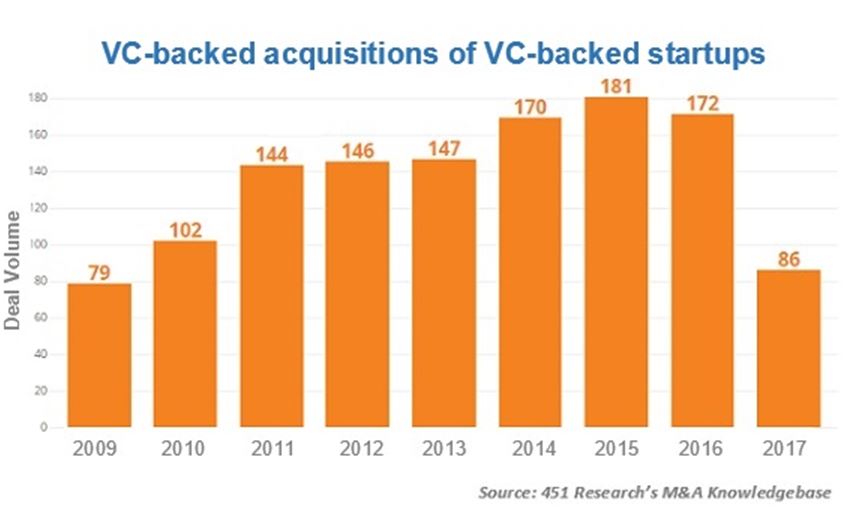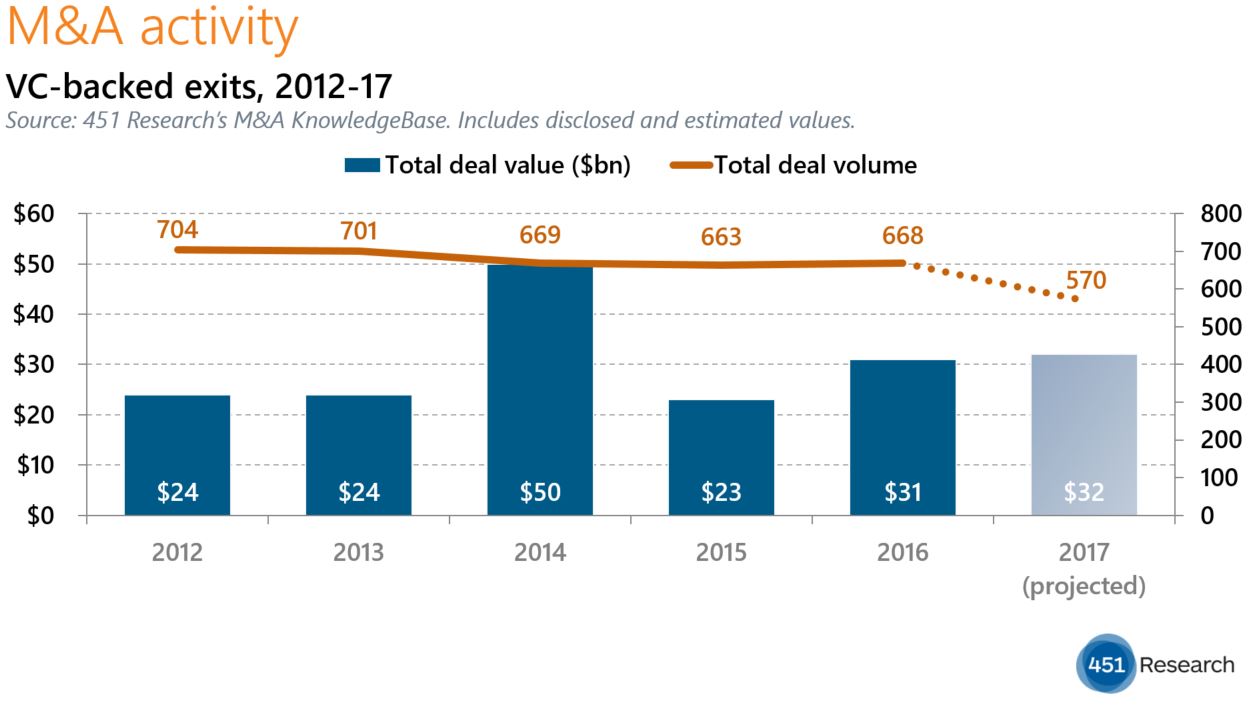Contact: Brenon Daly
After years of trying to leap directly to the cloud through blockbuster acquisitions, major software vendors have been taking a more step-by-step approach lately. That’s shown up clearly in the M&A bills for two of the biggest shops from the previous era trying to make the transition to Software 2.0: Oracle and SAP.
Since the start of the current decade, the duo has done 11 SaaS purchases valued at more than $1bn, according to 451 Research’s M&A KnowledgeBase. However, not one of those deals has come in the past 14 months, as the two companies have largely focused on the implications of their earlier ‘SaaS grab.’
During their previous shopping spree for subscription-based software providers, Oracle and SAP collectively bought their way into virtually every significant market for enterprise applications: ERP, expense management, marketing automation, HR management, CRM, supply chain management and elsewhere. All of the transactions appeared designed to simply get the middle-aged companies bulk in cloud revenue, with Oracle and SAP paying up for the privilege. In almost half of their SaaS acquisitions, Oracle and SAP paid double-digit multiples, handing out valuations for subscription-based firms that were twice as rich as their own.
In addition to the comparatively high upfront cost of the SaaS targets, old-line software companies face particular challenges on integrating SaaS vendors as part of a larger, multiyear shift to subscription delivery models. Like a transplanted organ in the human body, the changes caused by an acquired company inside the host company tend to show up throughout the organization, with software engineers re-platforming some of the previously stand-alone technology and sales reps having their compensation plans completely overhauled.
The disruption inherent in bringing together two fundamentally incompatible software business models shows up even though the acquired SaaS providers typically measure their sales in the hundreds of millions of dollars, while SAP and Oracle both measure their sales in the tens of billions of dollars.
For instance, SAP is currently posting declining margins, an unusual position for a mature software vendor that would typically look to run more – not less – financially efficient. But, as the 45-year-old software giant has clearly communicated, the temporary margin compression is a short-term cost the company has to absorb as it transitions from a provider of on-premises software to the cloud.
Of course, the transition by software suppliers such as Oracle and SAP – painful and expensive though it may be – simply reflects the increasing appetite for SaaS among software buyers. In a series of surveys of several hundred IT decision-makers, 451 Research’s Voice of the Enterprise found that 15% of application workloads are running as SaaS right now. More importantly, the respondents forecast that level will top 21% of workloads by 2019, with all of the growth coming at the expense of legacy non-cloud environments. That’s a shift that will likely swing tens of billions of dollars of software spending in the coming years, and could very well have a similar impact on the market capitalization of the software vendors themselves.




